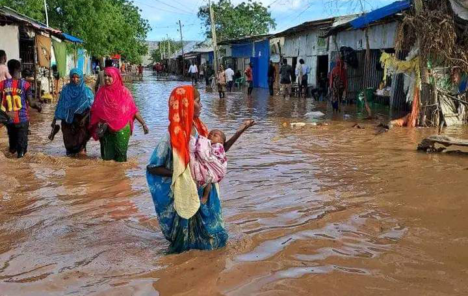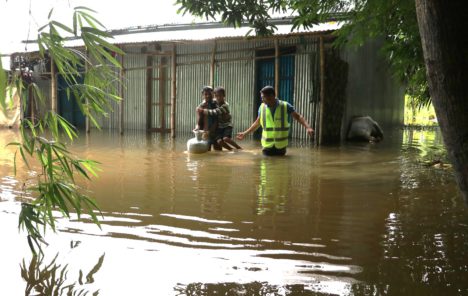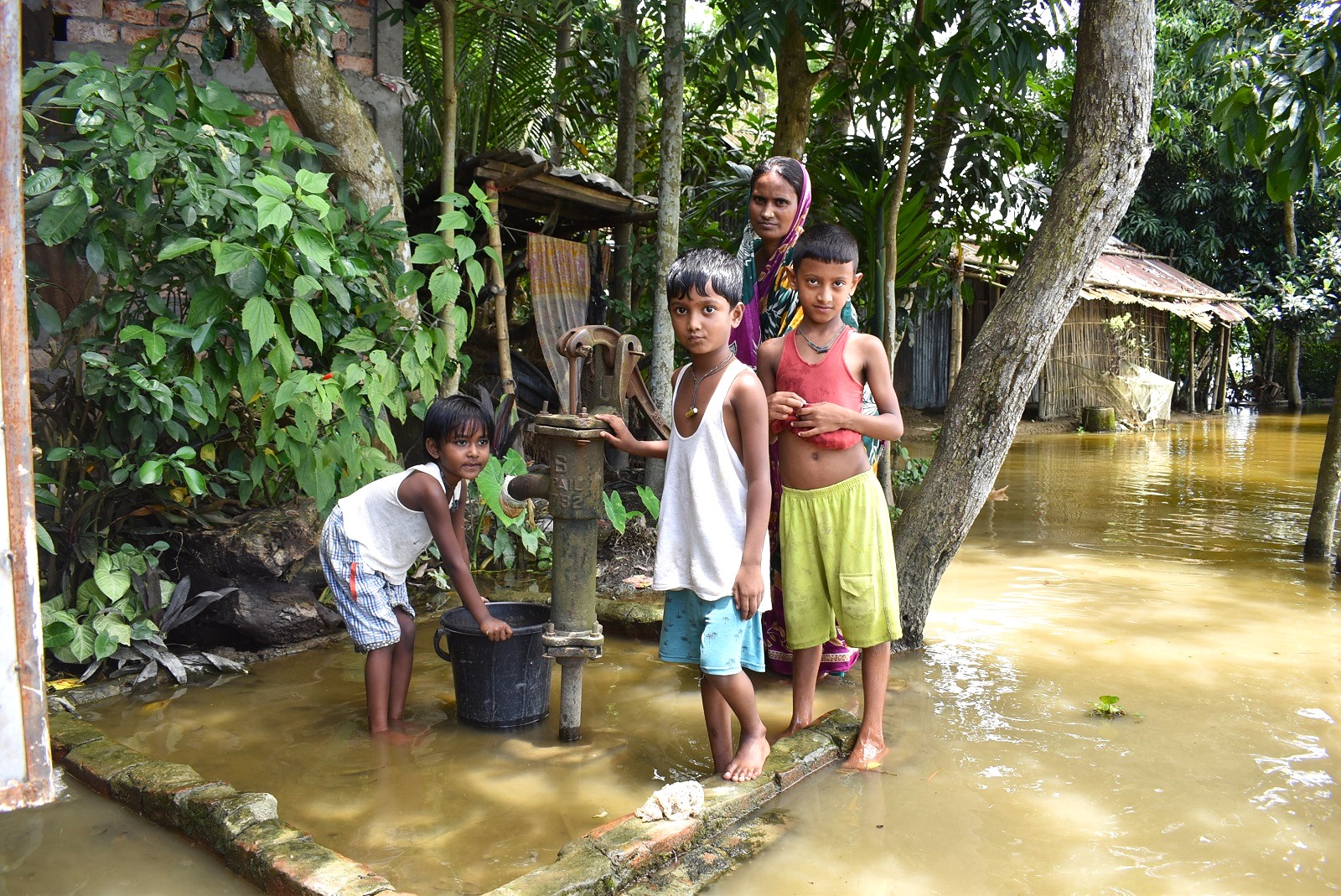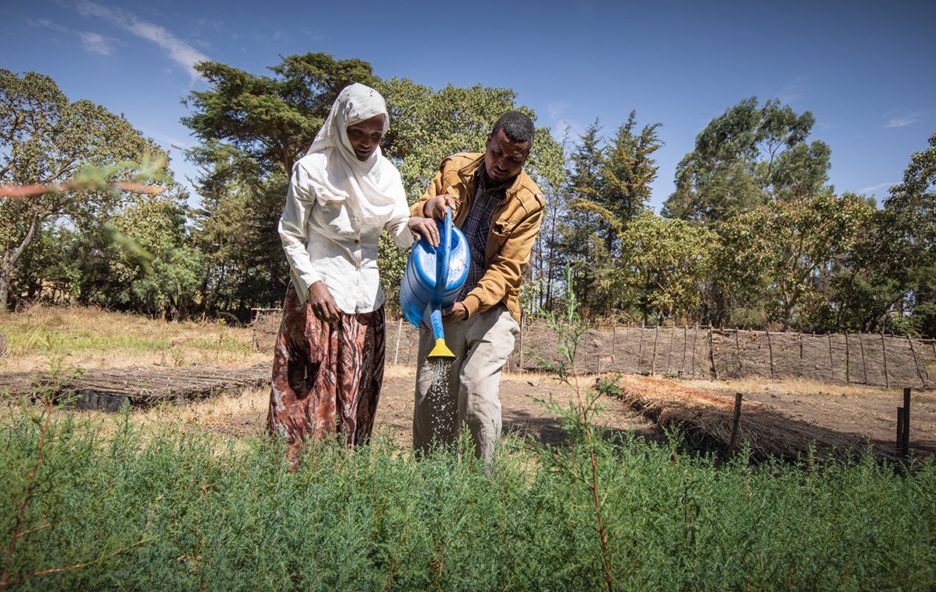Protecting planet Earth from environmental harm is a crucial aspect of safeguarding all children’s rights and futures. This is especially true for children without, or who are at risk of losing, parental care as they are most vulnerable to the hazards of the climate crisis.
The right to health is enshrined in the UN Convention on the Rights of the Child, so children should never have to grow up in a polluted or unsafe environment.
Yet, almost every child in the world is exposed to at least one major environmental hazard, shock or stress (including: water scarcity, riverine floods, coastal floods, tropical cyclones, vector borne diseases, heatwaves, air pollution, soil and water pollution) and around half live in one of the 33 countries considered to be at extremely high-risk of the impacts of the climate crisis.
That’s one billion children in harm’s way, right now.
Those most vulnerable are at greatest risk from the climate crisis
Those most affected by the climate crisis are often those who have contributed the least to its escalation, unjustly shouldering the consequences of damaging industrial activity, energy production and the agricultural practices of economically developed countries.
Disasters are becoming more frequent and severe, and the disruption caused can lead to family separation and breakdown.
For example, a severe flood can rapidly destroy homes, crops, even whole communities, leaving children alone – without shelter, without food, and without anyone to keep them safe.
Children, especially those without parental care or those with disabilities, face greater challenges during climate-related disasters because they often have fewer resources, higher health risks, and specific needs for safety and movement.
Disasters disrupt children’s schooling and can make it harder for women and those with disabilities to earn a living, worsening their long-term situation.
In addition, after such disasters, the usual systems that help protect people can break down, leading to increased exposure to violence and abuse, especially for women and children.


How SOS Children’s Villages is helping
SOS Children’s Villages helps children and their families by being there before, during, and after disasters of all kinds. We make sure families have what they need to be stable and to stay together, even in a crisis. For example, through our Family Strengthening initiatives, we help families develop new sources of income, for example if they’ve lost their livelihood due to a climate disaster like flooding or drought
We’re also helping communities become more resilient to the effects of the climate crisis, for example by setting up climate-smart farming and renewable energy.
When we protect the environment, we save more than vital ecosystems and species. We support parents and caregivers to earn money and put food on the table. We also ensure classrooms and clinics stay open.
We’re helping communities to adapt to effects of the ever-changing climate, to function and flourish.
Most importantly, we’re helping families stay together so children are kept safe and can make a brighter, more stable future for themselves, and for the world, which will soon be theirs to watch over.


